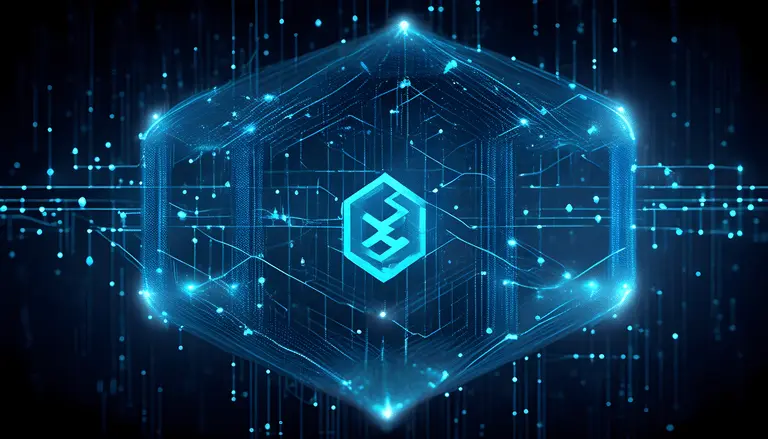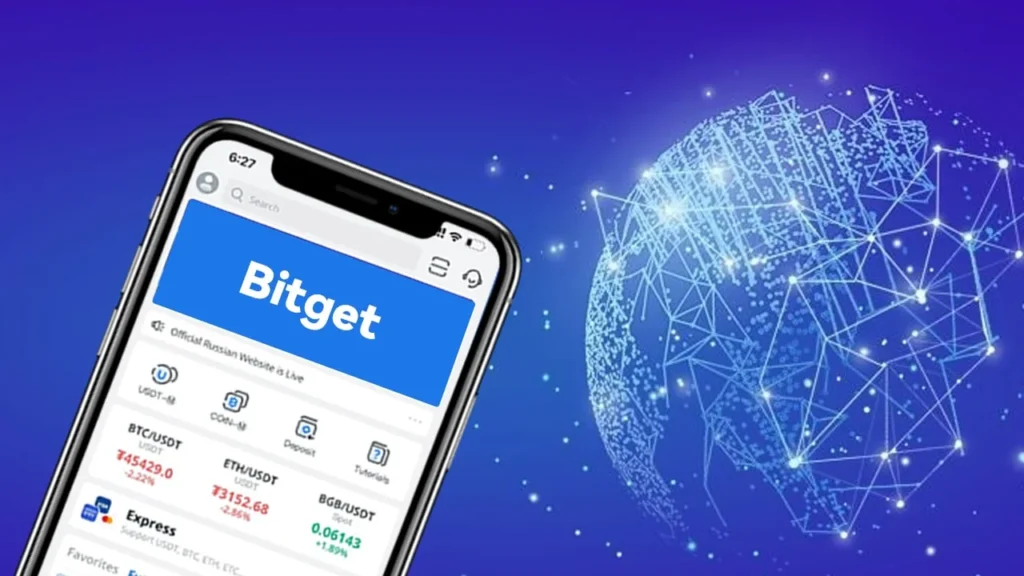Modular blockchains represent a cutting-edge advancement in blockchain technology, addressing the critical challenges of scalability and security that have haunted traditional monolithic blockchains. By dividing the blockchain into distinct modules, each with a specific function, modular blockchains can optimize each module for its designated task, resulting in a more scalable and secure blockchain ecosystem.

The Benefits of Modular Blockchains
Modular blockchains offer a myriad of advantages over their monolithic counterparts:
Scalability: One of the most significant benefits of modular blockchains is their scalability. These blockchains can achieve higher transaction throughput than monolithic blockchains by offloading specific tasks, such as data storage and transaction processing, to specialized modules. This, in turn, leads to faster and more efficient transactions.
Enhanced Security: Security is a paramount concern in the blockchain world, and modular blockchains address this by dividing tasks into distinct modules. Each module is responsible for a specific task, making it significantly more challenging for attackers to exploit vulnerabilities across the entire system.
Flexibility: Modular blockchains are exceptionally flexible. New modules can be introduced, or existing ones can be removed as needed. This adaptability enables modular blockchains to stay current with emerging technologies and evolving use cases.
Types of Modular Blockchains
There are two primary types of modular blockchains:
Hub-and-Spoke Modular Blockchains: In this model, all transactions are initially processed by a central hub module. The hub module then distributes the transactions to specialized modules for further processing. While this model offers significant advantages in terms of organization and control, it might not be as scalable as parallel blockchains.
Parallel Modular Blockchains: In parallel modular blockchains, transactions are processed concurrently by multiple specialized modules. This concurrent processing results in much higher transaction throughput compared to hub-and-spoke models. It’s a preferred choice when scalability is a top priority.
Examples of Modular Blockchains
Several modular blockchains are making significant strides in the blockchain space:
Celestia: Celestia is a pioneering modular blockchain with a focus on ensuring data availability and consensus. It provides robust solutions to challenges that have traditionally plagued blockchain systems.
Osmosis: Osmosis is another modular blockchain, primarily tailored for decentralized exchanges. Its design allows for enhanced security and scalability, vital aspects of any decentralized exchange platform.
Polygon: Polygon is a prominent modular blockchain that prioritizes scalability and interoperability. Its multi-chain framework seamlessly integrates with existing blockchains like Ethereum, providing a more scalable ecosystem for decentralized applications.
The Future of Modular Blockchains
While modular blockchains are still in their early stages of development, they hold the potential to revolutionize the entire blockchain industry. The ability to address the long-standing challenges of scalability and security in traditional monolithic blockchains positions modular blockchains as a promising contender for widespread adoption.
Additional Information about Modular Blockchains
The field of modular blockchains is still rapidly evolving. Several projects are actively engaged in developing and deploying modular blockchain solutions. These projects represent the driving force behind the continued growth and advancement of this technology.
One of the major challenges in modular blockchains is the development of robust security mechanisms to protect communication between modules. The architecture of modular blockchains demands a strong focus on ensuring that data and transactions remain secure.
Another challenge is establishing standards that enable modules from different blockchains to be compatible with each other. Achieving interoperability between various blockchain networks is a key goal to facilitate smoother and more efficient cross-network operations.
The landscape of modular blockchains is set to witness exciting developments in the coming years. As new modules and systems are designed and refined, the potential of this technology to revolutionize the blockchain industry becomes increasingly apparent.
Conclusion
Modular blockchains are ushering in a new era in the world of blockchain technology. Their innovative approach to scalability and security challenges makes them a compelling choice for developers, businesses, and blockchain enthusiasts. As modular blockchains continue to evolve, it is likely that they will play a pivotal role in driving the broader adoption of blockchain technology.
Disclaimer
FAQ
Blockchain is a distributed ledger technology ensuring secure and tamper-proof transactions, shared across a network.
Yes, blockchain enhances cybersecurity by making data difficult to hack or alter through its decentralized structure.
Blockchains record cryptocurrency transactions like Bitcoin securely and transparently.


